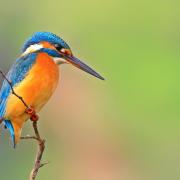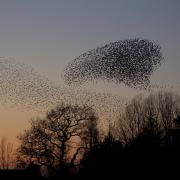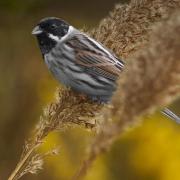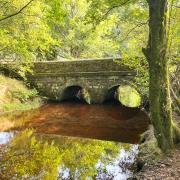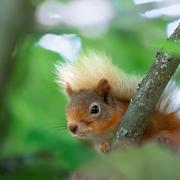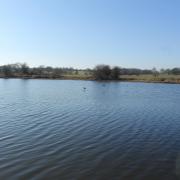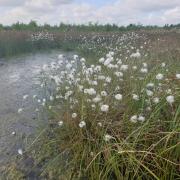Wildlife experts are reporting a bonanza in this majestic class of bird

Since early man swapped stories around camp fires, the heron has become ingrained in folklore and myth.

Native Americans believed that when wise men died they came back as herons. In the Egypt of the pharaohs, a double-headed heron was a sign of prosperity. Meanwhile, the Maoris of New Zealand consider it a great compliment to be compared to these striking birds.
Across the planet, these strange, almost prehistoric creatures, are seen as a good omen. Happily for Lancashire we are having a bit of a bonanza with four varieties sending birders flocking to Brockholes, at Preston, when news broke than one of them was the elusive bittern.
This came on the back of sightings of little egret, great white egret and the resident grey herons among the lakes and reedbeds. All are members of the wider heron family.
They are recorded regularly at Brockholes and, according to the newly published Bird Atlas for Lancashire and North Merseyside, the region has a population of between 500 and 750 birds – four per cent of the national total.
Little egrets and great white egrets are winter visitors from large groups that inhabit Dutch and French coastal areas, but they are being seen more frequently in Lancashire, according to the atlas.
Bitterns are rare in Lancashire with sightings confined to nature reserves like Mere Sands Wood and Wigan Flashes and the only breeding site at the RSPB’s Leighton Moss reserve.
Lancashire Wildlife Trust’s Alan Wright said: ‘Herons are magnificent birds and not uncommon sights at Brockholes, but there was much excitement when we heard of a bittern on the reserve.
‘A lot of work has been done to attract bitterns to Brockholes and to Wigan Flashes, but the reed beds are not well established so we are not expecting breeding birds for some time yet.
‘Herons, bitterns and two types of egret at the reserve prove that we are heading in the right direction at Brockholes and this has caused a lot of excitement among local birders and other visitors. There reserve will be a magnet for nature lovers as we head into spring and summer.’
Birds of a feather
Herons and storks are in the same class of birds but storks were hunted to the point in extinction in this country. The closest you can come to one in Lancashire is in a glass case in The Stork pub at Thurnham Greenn, near Glasson. It’s stuffed.
You can find out more about sightings of living birds at Brockholes at www.brockholes.org or by calling 01772 872000.
The Bird Atlas is an essential guide to the state of birds in the region and can be downloaded for free at the website of Lancashire and Cheshire Fauna Society at www.lacfs.org.uk/Lancs%20Birds.html.












